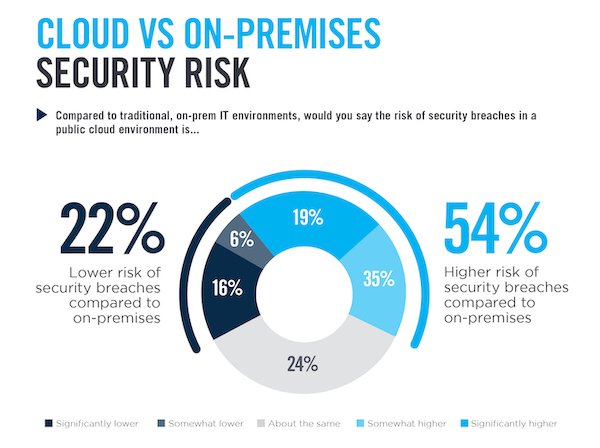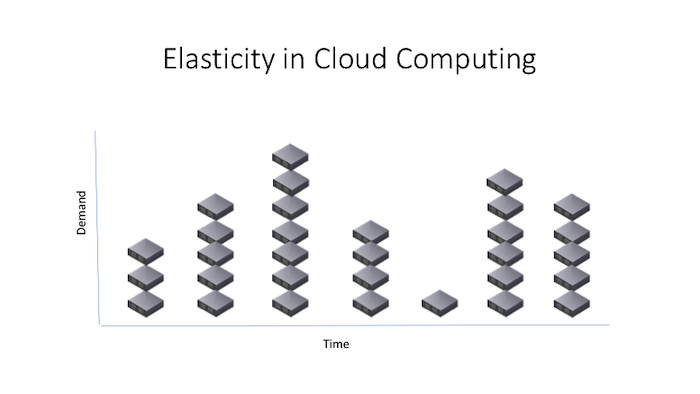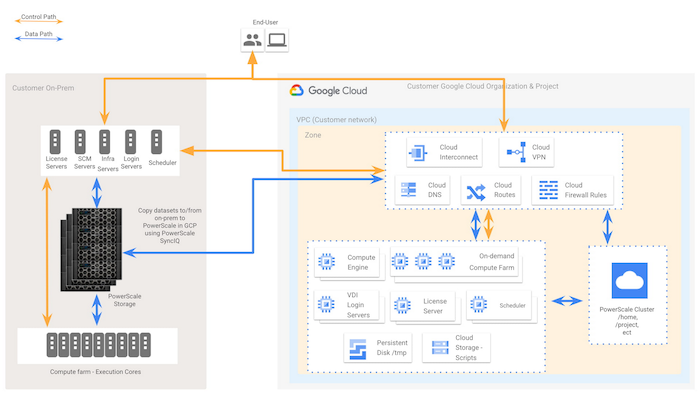The IC design process becomes significantly more challenging as integrated circuits become increasingly complex with newer technology nodes and higher integration. The computational requirements for proper EDA tools for design, analysis, and simulation are growing exponentially, costing both time and money to the design firms.
An example workflow of EDA on the cloud. Image used courtesy of Google [click to enlarge]
One solution that’s gained significant popularity in recent years is migrating EDA to the cloud. Attempting to help with this shift, Synopsys recently released the industry’s first broad-scale cloud SaaS solution to streamline IC development.
In this article, we’ll explore the potential pros and cons of moving EDA to the cloud and learn more about Synopsys’ newest offering.
Cons of EDA on the Cloud
When considering the shift of taking EDA and chip design to the cloud, one of the biggest and most obvious risks is security.
Naturally, silicon designs are the intellectual property of a given company, and, in many cases, they are arguably the company’s most valuable possession. With this in mind, companies have historically kept all of their EDA and other design files hosted exclusively on local machines, where no one can have access outside of their network.

Cloud computing is inherently less secure than local computing. Image used courtesy of Business Wire
Moving to the cloud represents an anxiety-provoking shift from the norm, where suddenly, companies are going to trust a foreign entity to host potentially billions of dollars worth of their IP.
Cloud computing can be seen as inherently less secure than local hosting, where the cloud can allow thousands of users access to the same hardware resources simultaneously. This feature can increase the risk of having information stolen or hacked by malicious adversaries.
For companies to feel comfortable moving their designs to the cloud, it will require the cloud resources to be recognizably and provenly secure from end to end.
Pros of EDA on the Cloud
Despite the major drawback of security, there are still a few benefits to moving EDA to the cloud.
One of the most significant advantages of cloud computing for EDA is that it allows companies to scale their computing resources both up and down as needed, providing significant advantages from both an efficiency and economic perspective.
From an efficiency standpoint, moving EDA to the cloud can be highly beneficial in that it provides essentially infinite computing resources to the designers. Simulation and verification of IC designs can be extremely computationally expensive, taking entire days to complete a simulation in some cases.
This trend only worsens as designs become more highly integrated with smaller technology nodes and larger chips like system on chips (SoCs). By moving EDA to the cloud, designers are presented with more computing resources than they’d have access to otherwise, allowing them to simulate and verify designs quicker than off the cloud.

A high-level example of cloud computing elasticity where cloud computing allows to scale up or down resources as necessary. Image used courtesy of Turbonomic
Economically, cloud computing for EDA could make sense as well. Different amounts of compute are required in different phases of the IC design lifecycle. Some stages, like verification and simulation, may require high amounts of computing, while others may require no computing.
With that in mind, this becomes a challenge economically since companies may purchase the compute required for the verification stage but then have most of that hardware sitting idle during the less compute-intensive phases. This process can be seen as a financial burden, as their expensive computing hardware is not being used, which means their investment is not being fully utilized.
Cloud computing with a “pay for what you need” structure has the potential to solve this by allowing companies to scale up or down their computing resources as needed. This elasticity enables companies to pay for and use only the required resources at a given time, saving money by minimizing overhead costs.
On top of this, cloud computing can allow access to the most up-to-date hardware available, where it would be otherwise too costly to upgrade local machines with the newest hardware continually.
Synopsys Cloud
Keeping these pros in cons in stride, Synopsys recently made headlines when it announced Synopsys Cloud: the "industry's first" broad-scale cloud SaaS solution means specifically to streamline IC development.
Synopsys Cloud is a new, pay-as-you-go approach to cloud computing that claims to provide companies with flexibility by bringing design and verification products directly to the cloud. The service comes with extensive compute resources and unlimited access to EDA licenses as needed.
A SaaS solution, Synopsys Cloud also allows users to log into a central portal to manage users and projects while gaining access to tools such as timing analysis and physical verification.
From a hardware perspective, Synopsys Cloud is built on the Microsoft Azure HBv3 cloud platform, a computing platform featuring AMD's 3rd Gen EPYC Processors with 3D V-Cache technology.
With the new product, Synopsys hopes to ease the developing challenges in cloud computing while offering customers a means for higher productivity and cost-efficiency. As more processes aim to move to the cloud, it will be interesting to see what shifts over next or how EDA on cloud will continue to develop.

